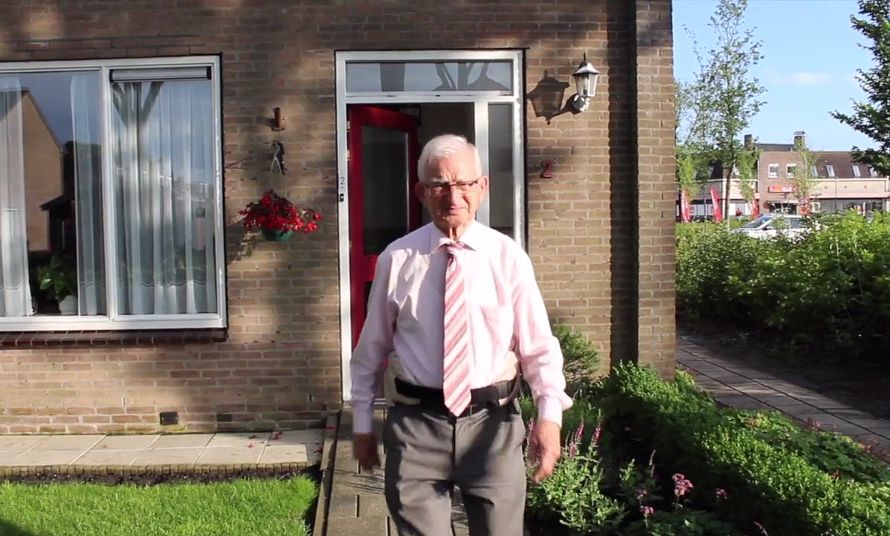When entrepreneur Filippo van Hellenberg Hubar came up with an idea for an airbag that would prevent injuries from falls a few years ago, he went looking for assistance with the design process and ended up in Delft.
After considering multiple candidates, he began collaborating with Dr. Heike Vallery in the department of BioMechanical Engineering at the Faculty of Mechanical, Maritime and Materials Engineering (3mE).
Dr. Vallery and her team have spent the past several years studying human walking and developing similar devices. They were an ideal choice for the project. In 2014, they began creating an algorithm that would determine when the airbag deploys. “It’s a little bit complicated,” Dr. Vallery said. “It’s very difficult to differentiate between bending down, sitting down and falling down. We’d been investigating models of human walking for many years already to make walking robots and devices that help humans walk. We combined them with the sensor information from the device.”
Filippo eventually decided to name his creation ‘Wolk.’ It’s currently undergoing testing at Wolk BV, a company where he collaborates with a small team of designers. It’s scheduled for limited release to medical clinics next February. The Wolk resembles a large belt and is worn around the waist. When the wearer falls, it activates a built-in airbag to prevent injury.
The device will hopefully encourage elderly people and those with mobility issues to get out and walk more often, free from the fear of possibly hurting themselves. According to a 2014 report from VeiligheidNL, an Amsterdam-based agency that works to prevent accidents and injuries, an average of 88,000 people receive medical treatment after falls every year. 40,000 are hospitalised and 3,000 die from their injuries.
Dr. Vallery and her colleagues have been involved with Wolk BV’s tests in order to further improve the algorithm. These tests have involved observing actors wearing prototypes while they tumble onto a mat over and over again. These actors are uniquely suited for the task since they’re accustomed to performing fake falls, in addition to mimicking the physicality of others while playing roles.
To make it more appealing, the Wolk will feature different cloth sleeves that blend in with clothing. The algorithm coded by Dr. Vallery and her team also plays an important role in how the device utilises its power supply. “It should be operational for a week without charging,” she said. “That is the target that Wolk set. To some extent, we are contributing to it by keeping our algorithm very, very lean to save energy whenever possible.”



Comments are closed.